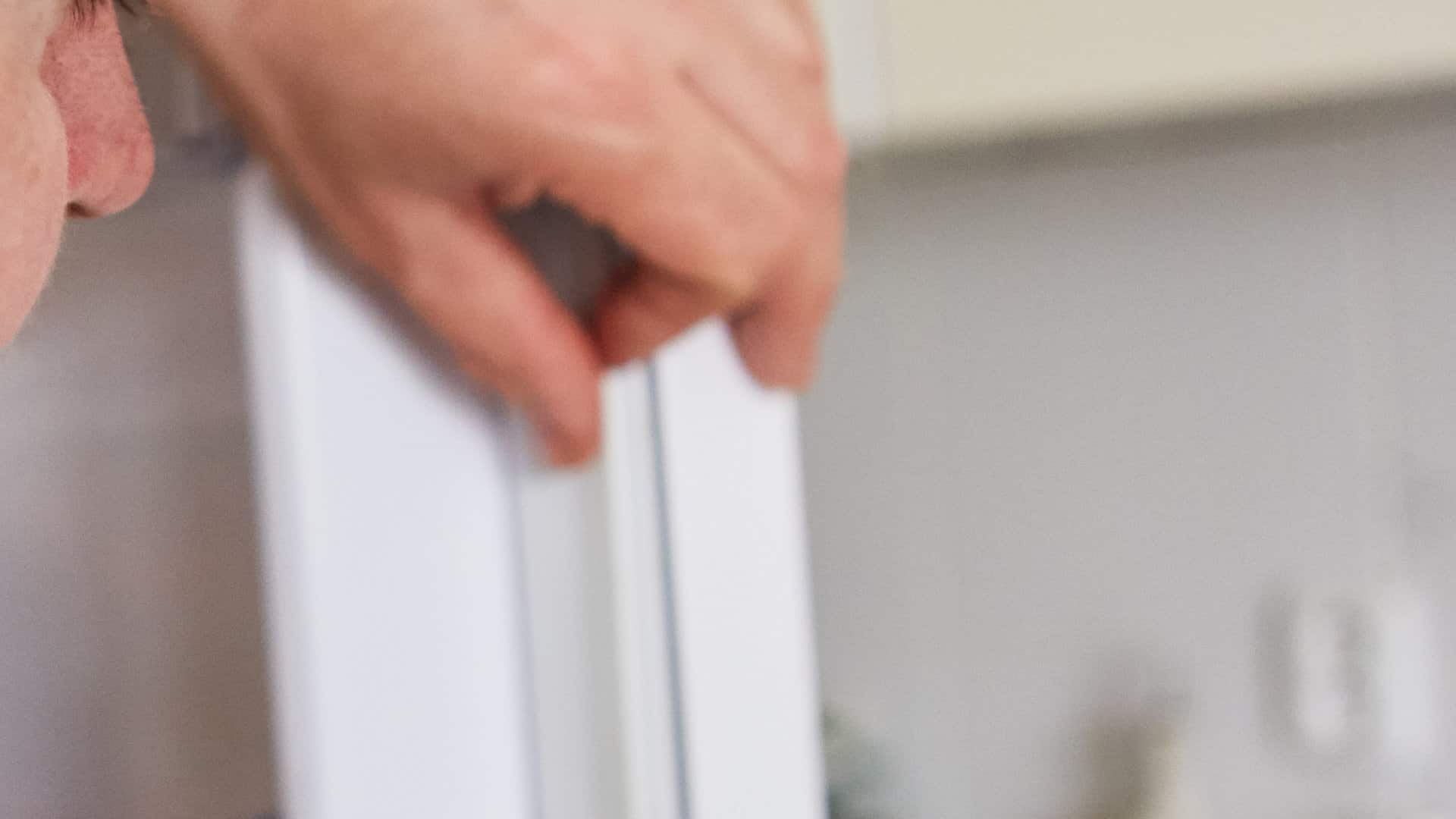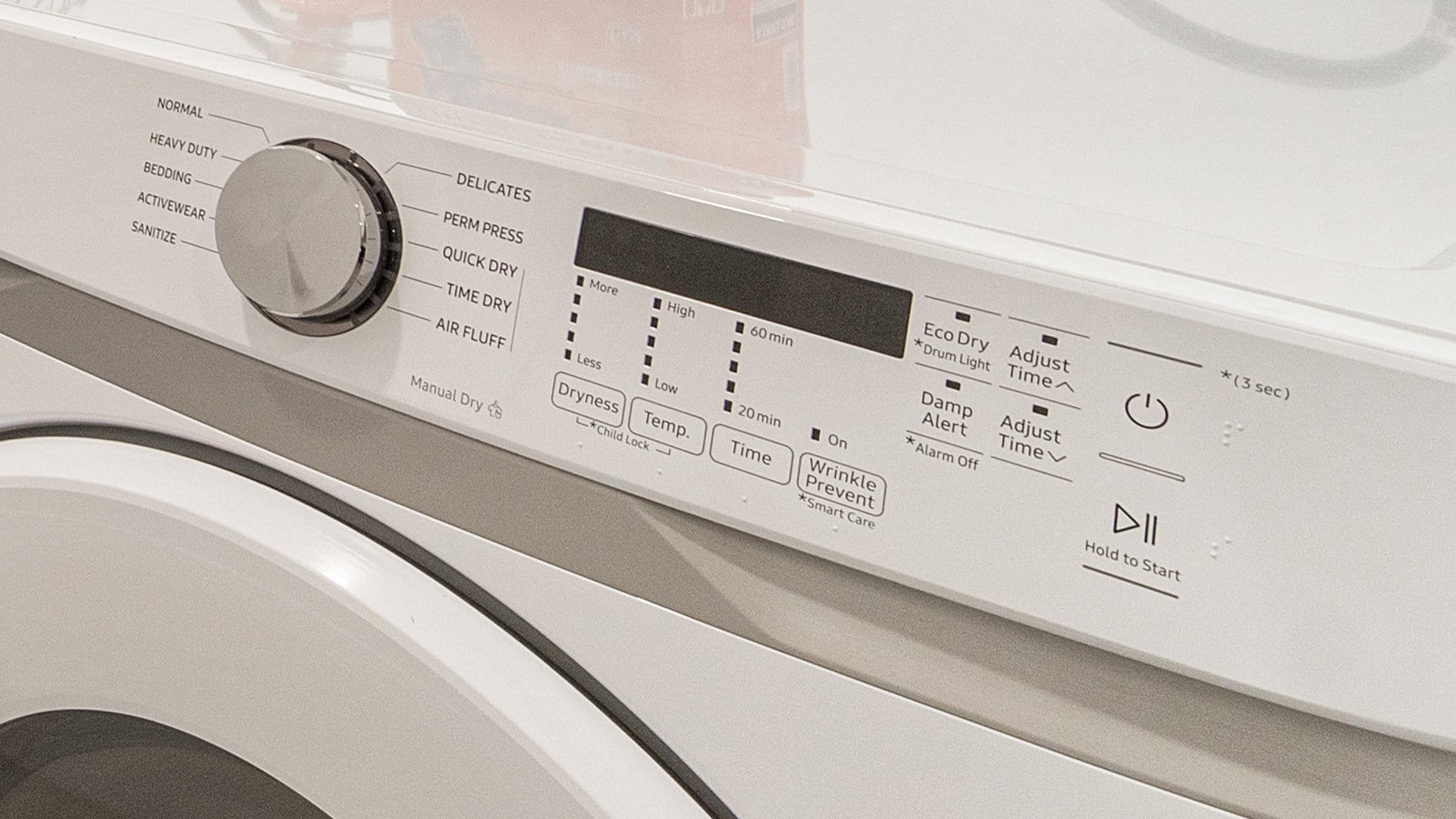
Have you noticed your dryer making an annoying squeaking sound during its operation? It’s not just irritating, it can signify deeper issues with your dryer that need to be addressed. Although that might sound worrying, don’t panic! Many of the causes behind a squeaking dryer are relatively easy to resolve. Read on to find out what to do.
1. Worn Drum Bearings
The drum bearings support the dryer drum and ensure that it rotates smoothly without too much friction. Over time and repeated use, the drum bearings can become worn out and not as smooth. The increased friction can lead to a squeaking or squealing sound, which can worsen as the bearings become more worn. Here’s what to do:
- Unplug the dryer to reduce electrocution risk.
- Access the drum bearings. Refer to your manual for information on how to do this for your model. In most cases, you will need to remove the back panel.
- Once you have access to the drum, carefully inspect the bearings. They look like small rollers or wheels.
- If the bearings look worn or damaged, they will need replacing. Look online and find compatible replacement bearings.
- Remove the old bearings and put the new ones in place.
- Put the dryer back together and restore power. Then, run a test cycle to check that the squeaking has stopped.
2. Faulty Idler Pulley
The idler pulley gives tension to the drum belt, ensuring it stays taut and can rotate the dryer drum. If the idler pulley is faulty or malfunctioning, it can lead to unwanted friction while the dryer drum spins, creating a squeaking noise. Here’s what to do:
- Unplug your dryer from its power source before you begin work.
- Locate the idler pulley. You may have to remove the front or back panel depending on the model of the dryer. Consult your user manual if you’re unsure.
- Check the idler pulley to see if it’s loose or damaged.
- If the idler pulley needs replacing, source a replacement part that is compatible with your make and model of dryer.
- Remove the faulty pulley, making sure you take note of how the pulley and dryer belt fit together.
- Put the new pulley in place and thread the dryer belt through the pulley mechanism.
- Reassemble your dryer, restore the power, and run a test cycle to see if it’s still squeaking.
3. Worn Out Dryer Belt
The dryer belt is a flexible belt that loops around the dryer drum and through the idler pulley. It is designed to be firm enough to spin the drum, but if it becomes stretched, frayed, or damaged in some way, it can make a squeaking sound while it operates.
Here’s how to solve it:
- For your safety, unplug the dryer.
- Gain access to the drum and dryer belt. Consult your manual if you’re unsure how to. You will have to remove one of the panels, and may also need to remove the drum.
- Carefully inspect the belt, checking for fraying, cracking, stretching, or general wear and tear.
- If the belt looks old or damaged, it will need to be replaced. Source a replacement belt from an appliance parts retailer, making sure it is compatible with your dryer.
- Remove the old belt and discard it. Thread the new belt around the drum and through the idler pulley and motor pulley.
- Put the dryer back together, then run a test cycle to see if the squeaking noise has gone.
4. Failing Motor
If your dryer motor is old and beginning to fail, you might notice a squealing sound as it runs. This can be due to worn bearings or other parts of the motor rubbing together. In most cases, a failing motor means it is probably time to purchase a new dryer. Here’s how to tell if the motor is the issue.
- Unplug your dryer from its power source.
- Access the motor. In most cases, this will involve removing the dryer’s back panel.
- Check the motor and the motor pulley for signs of damage. If the motor pulley appears damaged, you can replace this part without replacing the rest of the motor. Order a replacement part and remove and replace the faulty pulley.
- If the motor mechanism itself appears faulty, it might be more cost-effective to replace the entire dryer, particularly if your dryer is getting older. Dryers tend to be less expensive than other large appliances, and as a rule of thumb, you shouldn’t undertake repairs if they cost more than half the price of a replacement appliance.
- If you’ve replaced the motor or part of the motor, finish the process by putting the panels back together, restoring power, and testing to see if the squeaking has stopped.
5. Loose Outer Panels
Sometimes, the squeaking sound indicates nothing more serious than some of the dryer’s outer panels being a little loose. This can happen due to constant motion from the dryer cycle, leading to the panels loosening and then rubbing together during your dryer’s operation. Here’s what to do:
- Turn your dryer on and wait for the squeaking noise to start.
- Listen carefully to try to identify where the squeaking noise is coming from. You can try pressing on the panels to see if holding them firm stops the squeaking. This will help you identify the area of concern.
- Once you know which panel is loose, turn off the dryer and use a screwdriver to tighten the loose panel.
- Tighten all other panels while you’re at it, just to make sure.
- Check that all panels are firm and not rattling.
- Run another cycle to ensure the issue is fixed.

5 Reasons Your Dryer Is Squeaking

Why Is My Microwave Sparking?
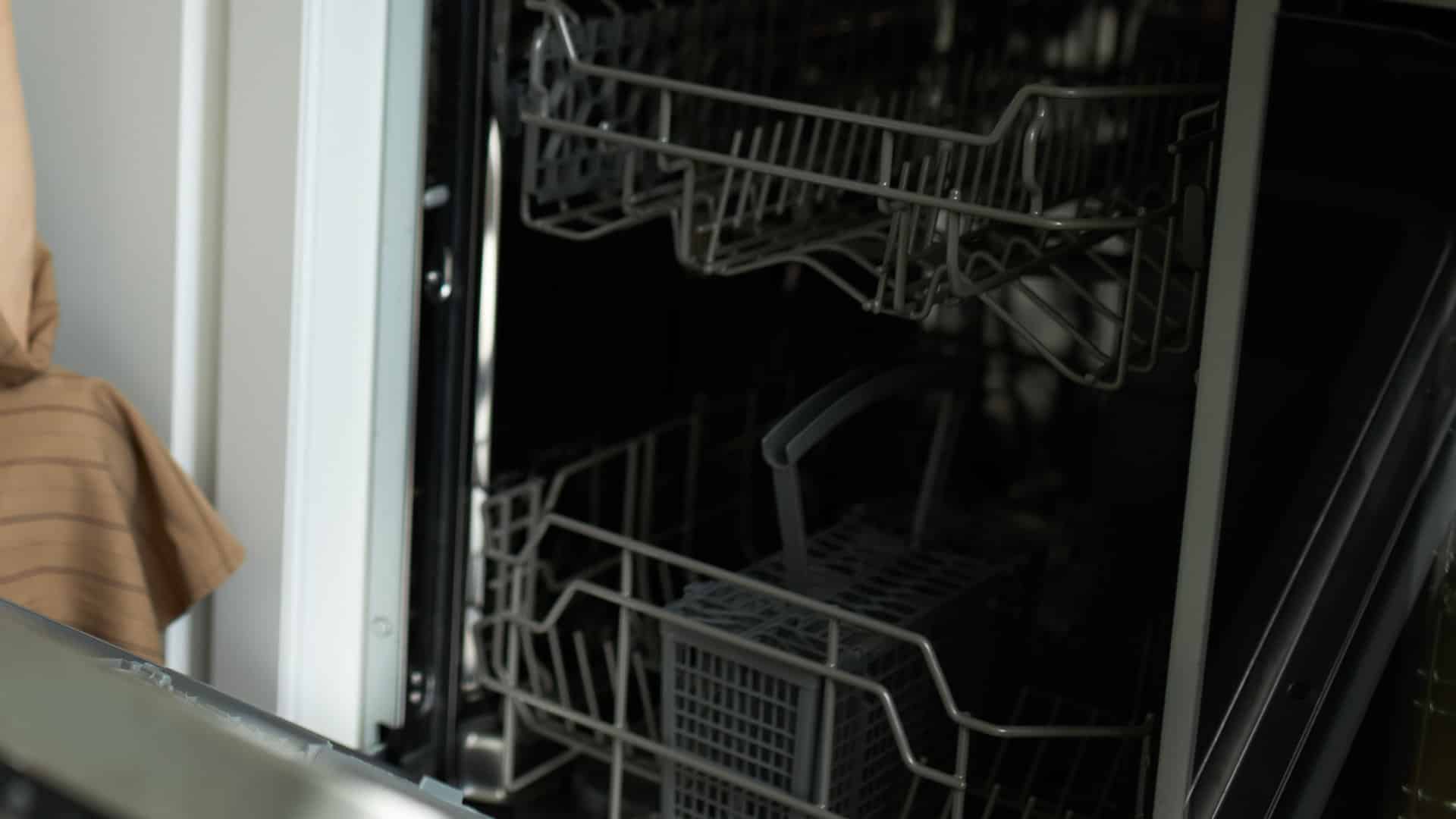
Understanding Frigidaire Dishwasher Error Codes
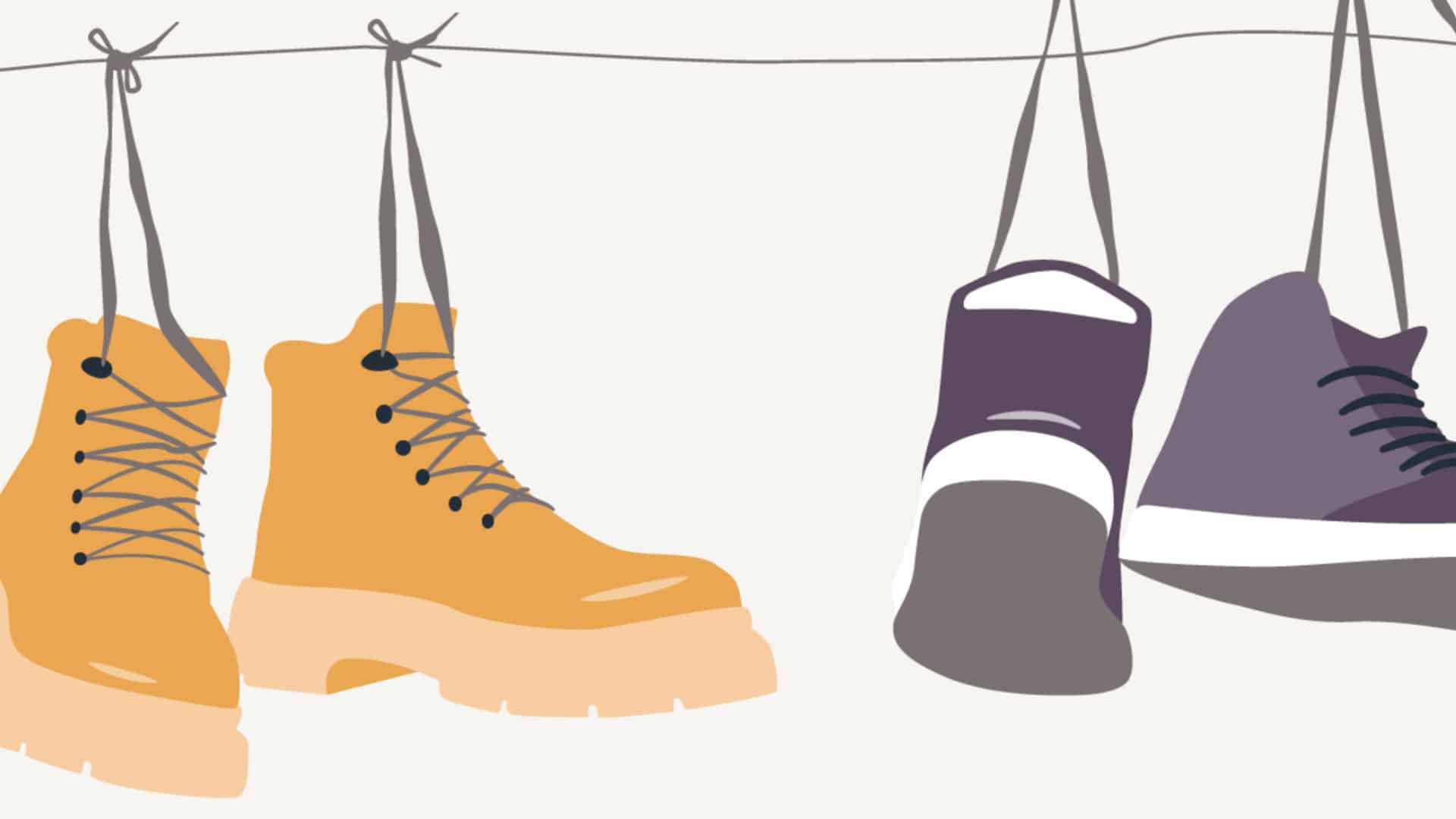
How to Dry Shoes in Dryer Without Damaging Them
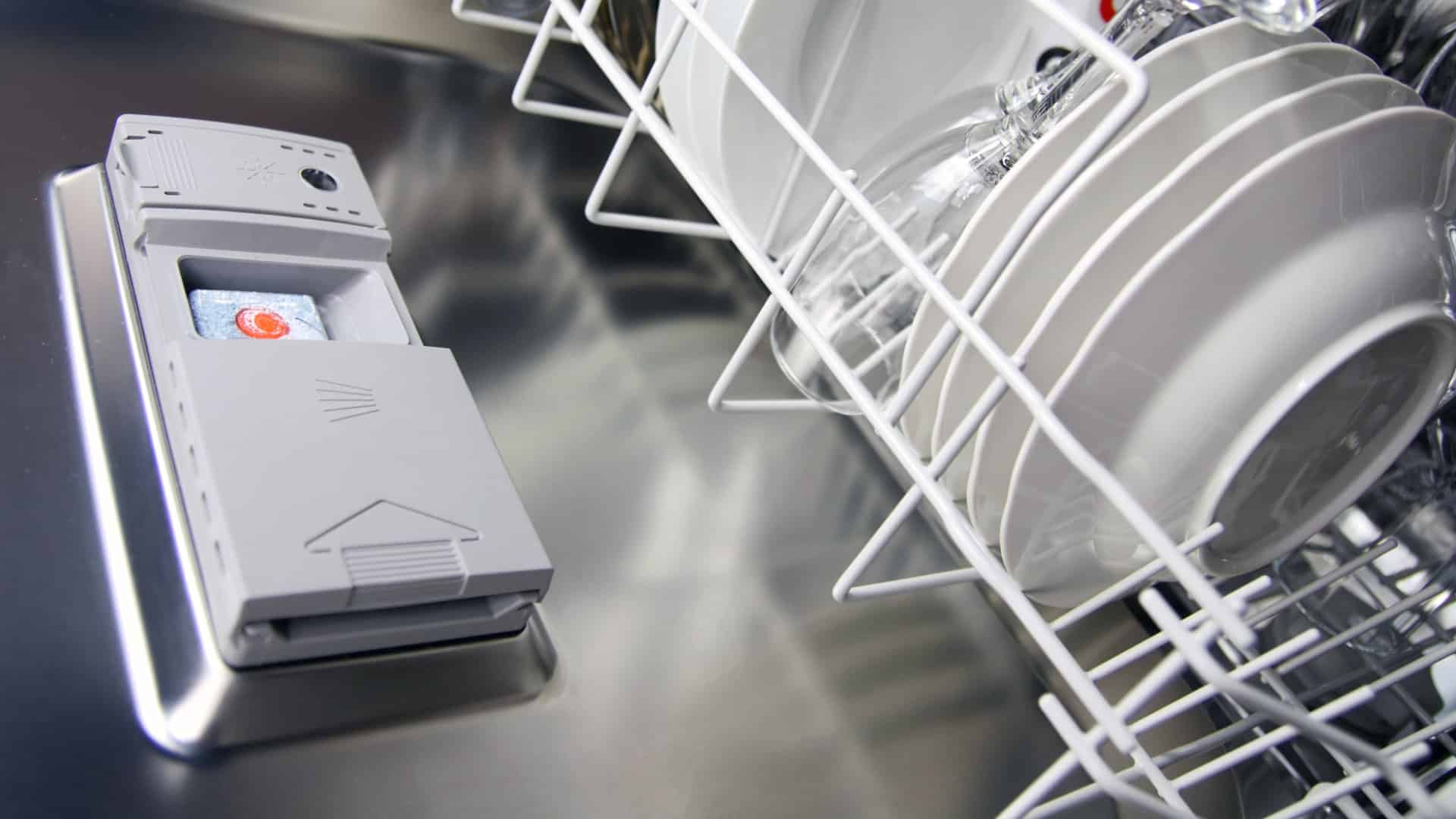
Why Is My Dishwasher Leaking?

How to Solve Electrolux Dryer Error Code E64
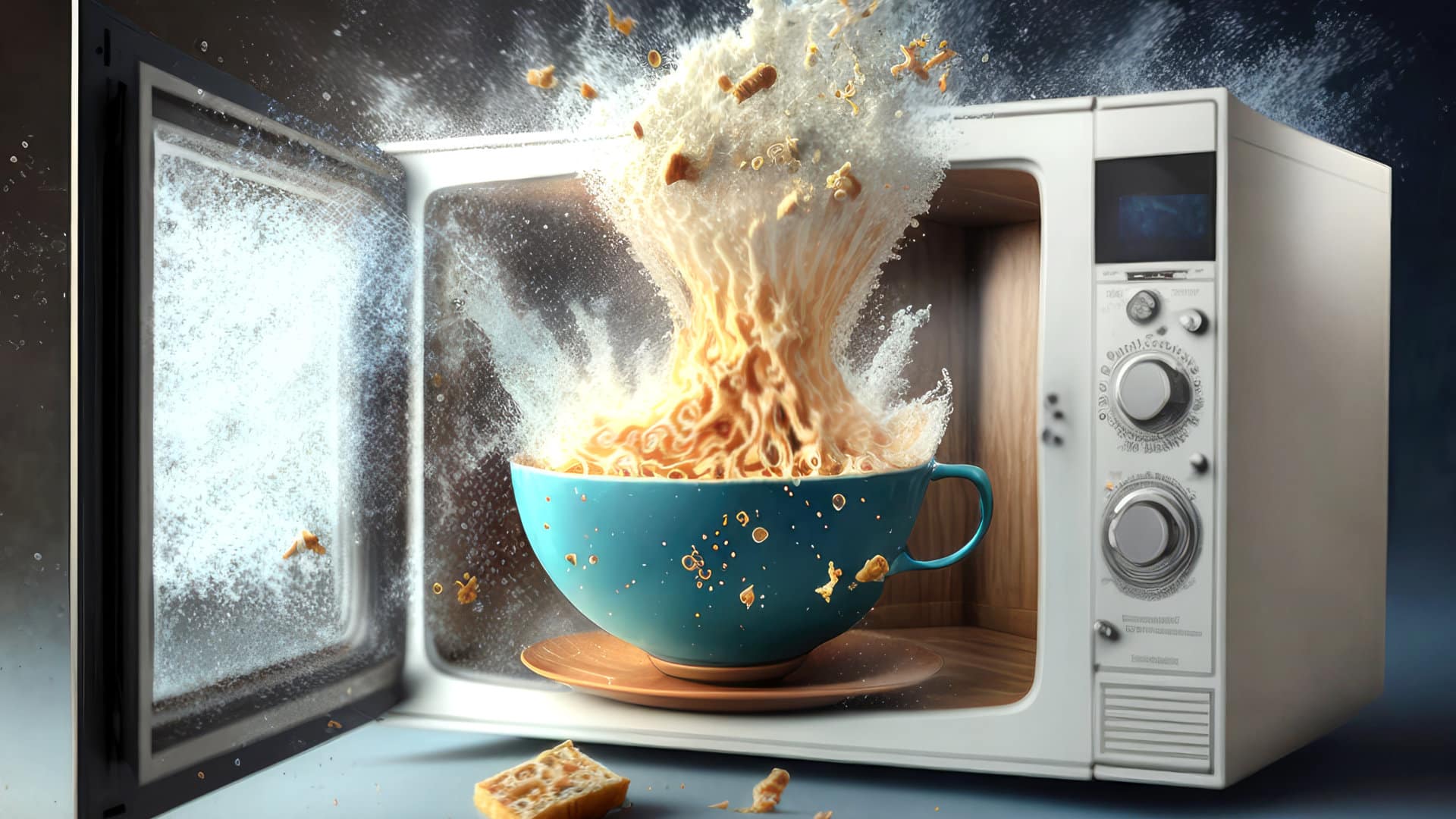
Microwave Light Won’t Turn Off? Here’s Why
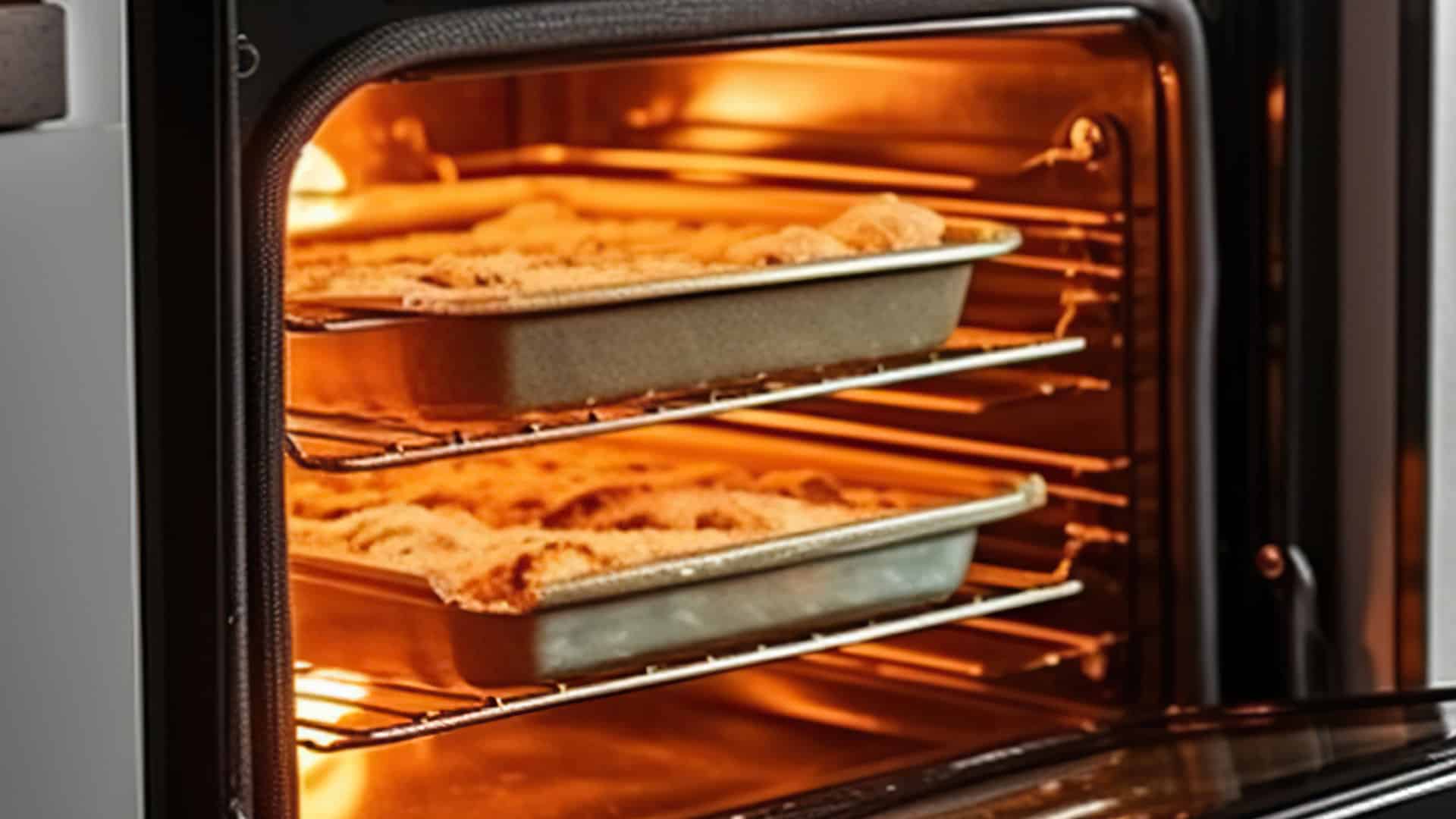
GE Oven F9 Error Code: How to Fix It

How to Use a Self-Cleaning Oven (In 4 Steps)

How To Use a Maytag Top-Load Washing Machine
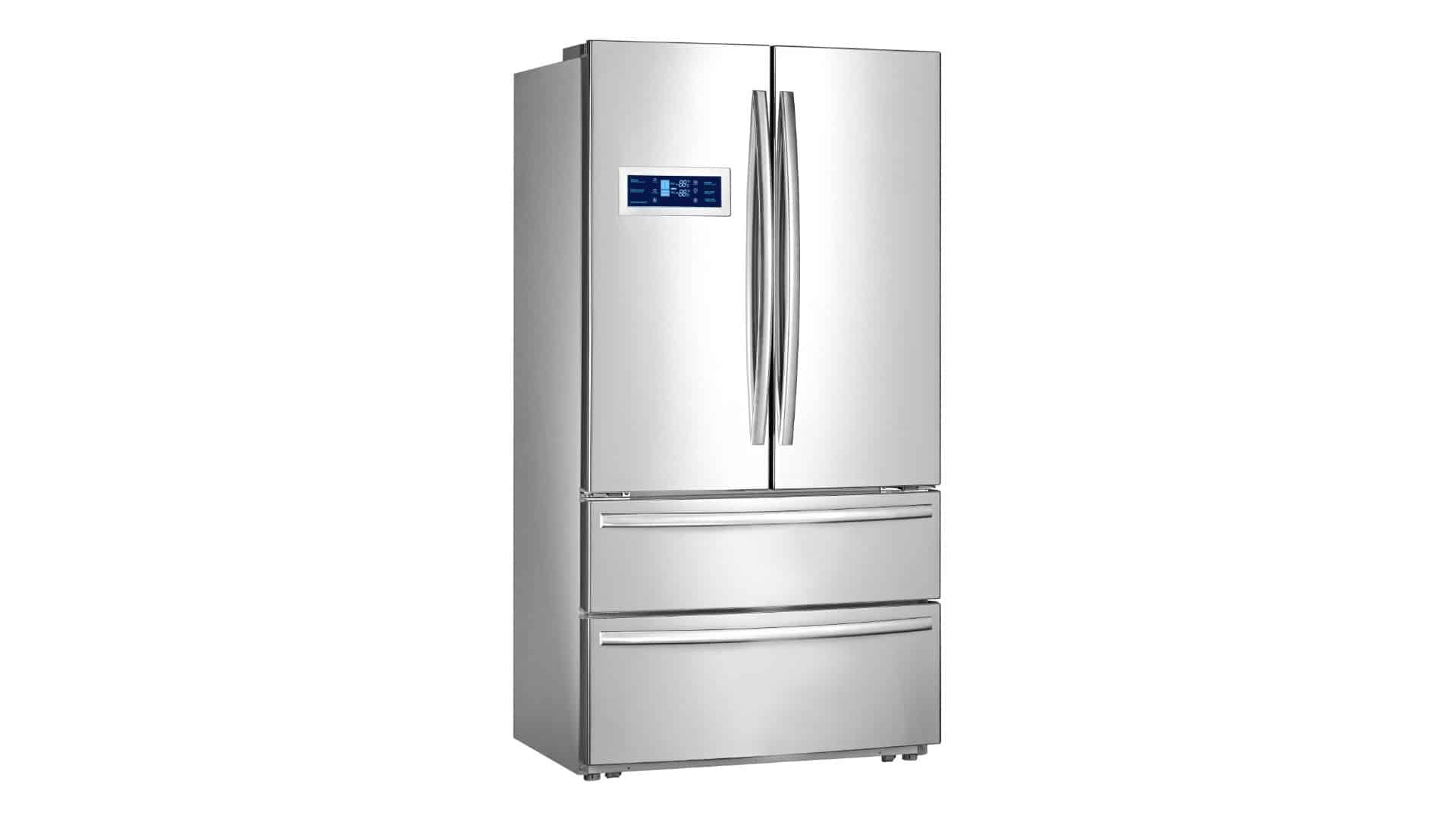
What to Do If Your Samsung Ice Maker Is Not Making Ice

How to Fix a Microwave Turntable That’s Not Turning

How to Wash Pillows in a Washing Machine

How to Fix an Ice Maker That Isn’t Working
